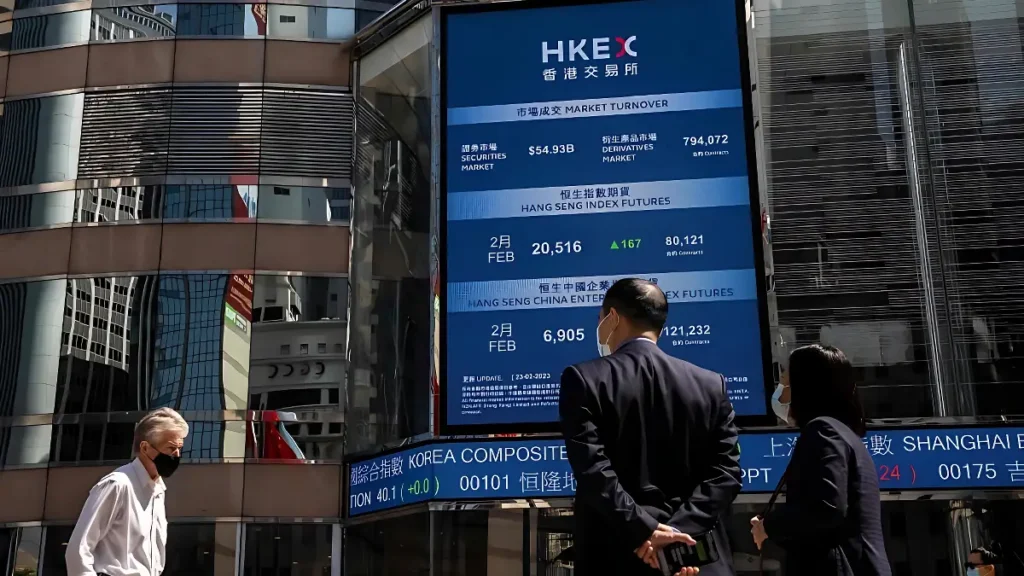Global markets faced a shaky start to the new year, extending the previous week’s lackluster performance, as a stronger-than-expected US jobs report dashed hopes for an imminent interest rate cut.
he highly anticipated non-farm payrolls data revealed the resilience of the world’s largest economy despite sitting at a two-decade high for interest rates and grappling with inflation above the Federal Reserve’s target. Contrary to year-end optimism fueled by expectations of monetary policy normalization, minutes from the Fed’s December meeting indicated a willingness to maintain elevated rates to control prices. While policymakers signaled a potential 75 basis points cut this year, market expectations hovered around 150 points, leaving room for potential disappointment.
Barclays economists, including Christian Keller, noted conflicting signals in the first week of 2024, with robust US jobs growth and a cautious Fed, creating uncertainty around the market’s aggressive rate-cut projections. Despite solid economic indicators, a significant slowdown in the services sector offered some consolation, suggesting a potential economic deceleration and allowing the Fed flexibility.
Bloomberg reported that swaps traders still eyed around 140 basis points of easing this year, with a two-thirds chance of a March move. While US indices closed slightly higher, the optimism did not carry into Asian markets on Monday, with Sydney, Seoul, Singapore, and Wellington posting losses, and Tokyo closed for a holiday.
Hong Kong and Shanghai led the regional decline, with Saxo’s Redmond Wong highlighting attractive valuations but a prevailing sluggish sentiment and a lack of catalysts for an immediate rally. Investors now await the release of US consumer price figures later in the week, seeking macroeconomic clarity amid ongoing uncertainties in a market characterized by concerns about an indeterminate economic landscape and the lingering anticipation of a potentially volatile year ahead.

